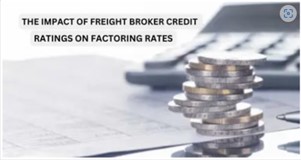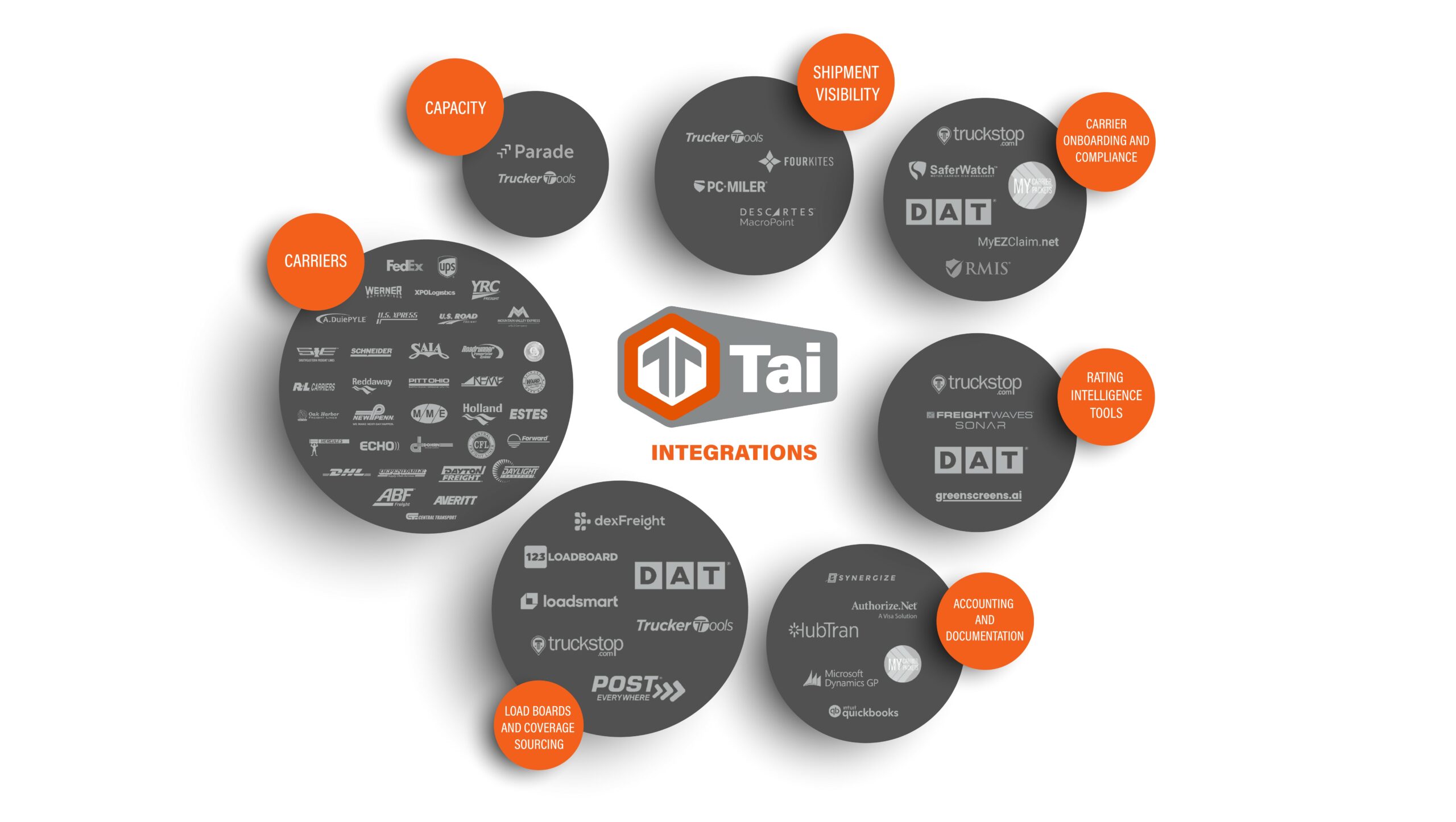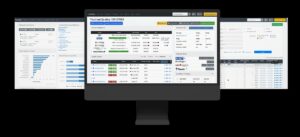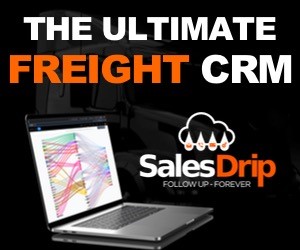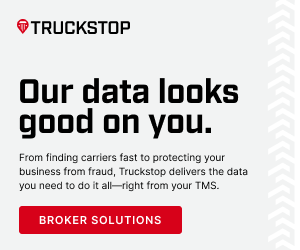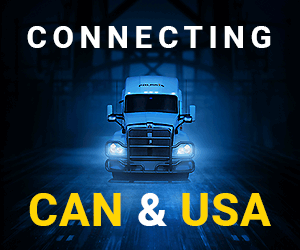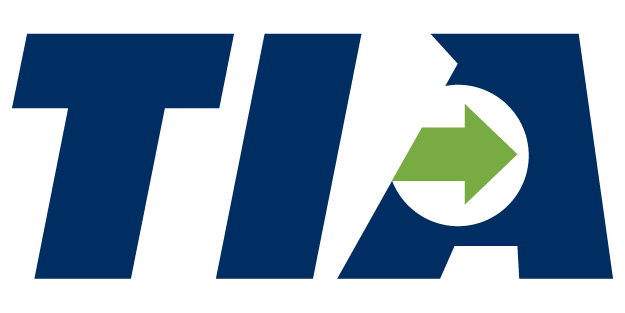The topic of uninsured cargo seems to rear its ugly head a lot, especially when incidents of extreme weather or other unplanned interventions hit the headlines. Many loads are not insured because the shipper either doesn’t understand the coverage they need, or else they do but that coverage proves too difficult to obtain. When travelling from point A to point B, a shipment may come across all kinds of jeopardy. For example, containers can fall off a ship due to bad storms. As a shipper, if this happens and you have liability cover in place, you may receive compensation to cover the loss of the container itself. But if the cargo inside is uninsured when the container falls off, you’re likely to have a sizeable problem, particularly if you’ve just lost a vintage Ferrari or the entire contents of someone’s house.
When Redkik founder Chris Kalinski was working as a shipper, one of his bugbears was arranging insurance for his loads. This led to the German-born, US-domiciled, businessman founding a company that aims to take the pain out of the insurance procurement process. Start-up insurance tech company Redkik enables shippers to insure their cargo instantaneously at the click of a button, a great leap from the hoops they have traditionally been used to jumping through.
Kalinski takes up the story: “I started a telematics company in 2005 doing primarily refrigerated temperature monitoring and refrigerator tracking. At that time, we were the first on the market; it wasn’t common like it is now. We were heavily focused on pharmaceutical transportation. Pharmaceuticals are a very specialized, highly regulated business, and very focused, so when we sold it to Orbcomm in 2014, I stayed on as a VP and ran the refrigerated vertical.”
“Then, somehow, I found myself buying 25 refrigerated trailers and starting a trucking fleet as a freight forwarder. That was my first run-in with purchasing insurance. I saw first-hand that buying insurance for trucking fleets is a cumbersome process and takes a long time. It’s always 20 questions, and it’s all based on historical performance, not on anything forward looking. You had to take the quotes at face value and just do and pay whatever the insurer asked.”
“When we scheduled shipments out of our warehouse, I needed at least a week – maybe two – before the cargo left our warehouse to call my insurance agent and get a one-off quote, in order to protect my customer. And it was hugely expensive. The other challenge was that we had to buy our total insurance portfolio upfront. We had 25 refrigerated trailers, and I had the pleasure of signing a cheque for $1.2 million before I could start trucking and solidify customers for revenue to offset that cost.”
Despite these frustrations, the business quickly became one of the bigger pharmaceutical distribution businesses on the US east coast. Using the knowledge of logistics and shipping he had acquired over the years, Kalinski left three and a half years or so later to join the marine cargo innovation team at reinsurance giant Munich Re as its in-house IoT consultant. That move turned the shipper into the insurer, and he was tasked with looking at the cargo market to see if it could be reinvented based on sensors, a seemingly perfect marriage of his former life and his current one.
“We went through an exercise to really analyze the market, asking ‘what does cargo look like today and what should it look like tomorrow?’ With my experience from the trucking side and sensor side, we came up with a parametric triggered product that we envisioned, wrote the technology spec for, built and then rolled it out in three years. That was great, but it taught me primarily that the cargo distribution market is really antiquated. Approximately half of all cargo shipped globally is uninsured.”
Transactional Insurance
This led Kalinski to wonder why the process of obtaining cargo insurance isn’t transactional in a sector where everything else is transactional. “I’m paying the driver by the mile, I’m paying for the truck by the mile, I’m paying for fuel by the mile, I’m paying unloading costs, loading costs, things like that, all on a transactional basis. The entire trucking industry is run on per-mile cost, except insurance. The insurance calculation is projected, meaning I won’t know until the end of the year whether the fleet actually drove the number of miles that I expected it to do and that my insurance costs were calculated correctly.”
Kalinski came up with an idea whereby data from various sources is congregated and accessed whenever a customer is seeking a quote for insurance. In a process familiar to anyone who has purchased insurance at the same time as buying an airline ticket, a price is calculated based on variable factors including value of load, distance to be travelled, weather, congestion, predicted arrival time, or incidence of theft in certain locations. In the case of the latter, the software would incentivize the shipper with a slightly lower insurance cost in order to avoid that route.
Kalinski says: “Another obvious thing is if we know there are going to be storms up and down the coast, we say you can ship today but we know that the storm will have passed next week and when everything is back to normal it’s going to cost you x percent less. We’re adding new data sources every day. So, by design it is evolving and getting smarter every day. A risk score of 14% probability of loss today may not be 14% next week. That’s the inherent dynamic that we’ve built into the back end.”
Another capability Redkik can offer is incentivizing shippers with lower insurance costs to choose routes that use less carbon. If the shipment is time-critical, it goes on an airplane. But if it’s not, it can go on a truck, or a boat and its insurance costs will be lower.
In practice, a shipper can receive an insurance quote instantaneously. Redkik’s API sees all the info that has just been entered in order to organize the shipment, and automatically within 500 milliseconds feeds back an insurance quote, that can be purchased at the click of a button. Once you click the button, you will get an email with all of the policy documents, the certificate of insurance, and anything else that you may need.
The rolling out of the Redkik solution didn’t come without its challenges. For example, putting large-scale contracts together with insurance companies takes a long time. “They’re traditional businesses, and they move notoriously slow, which clashes hard with the speed a startup moves at. So, we’re trying to find a happy medium to get it done. But other than that, I think we’re getting ready to see what the adaptation and conversion rates look like on the integrations, which should be really interesting. We should then be able to start putting customized insurance programs together for trade lanes or commodities that currently cannot get insured.”
So, what is the fun side of the business? “How well adapted my thought processes are to the needs of insurance carriers. That’s amazed me. I thought from the get-go, I’m never going to be able to convince insurance carriers to go along with this. But the response has been overwhelmingly positive. There was not one single meeting that we had with an insurance carrier where they said, this is not interesting for us.”
With an eye on the future, Kalinski says the next big thing could be replicating the solution for motor truck liability. “If my insurance cost per mile is 50 cents based on a fleet of 20 trailers driving 2 million miles a year, that’s ok. But if I can’t get drivers or loads or something else happens, and the fleet happens to only drive a million miles, then the insurance cost per mile is not 50 cents, it’s a dollar and the entire calculation goes out the window. That’s problematic for smaller carriers and especially for those growing a business aggressively that are in a somewhat volatile state. COVID showed us that all of the predictions were completely out of whack. So, if we would be able to transactionalize liability and cargo costs on a per-mile basis, that would be extremely helpful for all of the freight forwarders.”
The big insurers see Redkik’s solution as a win-win; with the guesswork effectively removed from the calculation, their coverage more accurately reflects the risk, whilst the shipper will also be more incentivized to purchase insurance now that the process has been simplified. “So far, the reception from the industry has been really, really positive,” concludes Kalinski. “We’re trying to be the best partner we can to all the insurance companies and then doing a whole mass of integrations into 3PLs, 4PLs and shipper systems. If we can help make that process easier for a large percentage of the shipments, then that’s a good goal.”
www.redkik.com
Source: Logistics Business Magazine.










